Perfection: The Task of Finishers
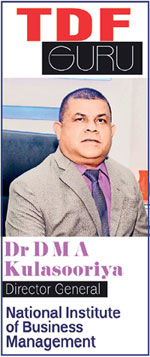 Finisher is a craftsman whose task is to carry out the final touches while assuring the form and functionality of a product in the eyes of its beholder. The basic function of this role is to team up with others to complete assigned tasks on deadlines, within specifications and under budget that are set and agreed upon. This is the third attribute of TDF Model. Finishers are responsible to taste the product before rolling it in the live-market. A great finisher prevents both consumer and producer risks. Consumer’s risk is connected with finishers passing undetected defective products to customers. Producer’s risk is rejection of a good product by customers or finishers’ assuming that it is a bad product. Both actions lead to make losses by defecting customers and increasing costs of quality.
Finisher is a craftsman whose task is to carry out the final touches while assuring the form and functionality of a product in the eyes of its beholder. The basic function of this role is to team up with others to complete assigned tasks on deadlines, within specifications and under budget that are set and agreed upon. This is the third attribute of TDF Model. Finishers are responsible to taste the product before rolling it in the live-market. A great finisher prevents both consumer and producer risks. Consumer’s risk is connected with finishers passing undetected defective products to customers. Producer’s risk is rejection of a good product by customers or finishers’ assuming that it is a bad product. Both actions lead to make losses by defecting customers and increasing costs of quality.
Roles of Finishers
The author has already explained in previous articles it is evident that roles of thinkers and doers are to bring in ideas to life while the task of finishers is to bring in the quality and final touches to adorn products and services. The Finishers must possess the qualities of winning hearts and minds of all stakeholders in the total value chain. Moreover, Finishers should be End-In-Minders. Finishers continually touch the goal in style with a perfect quality. In addition to the quality consciousness, finishers are responsible for the well being of society and environment. It is a social responsibility of finishers that they should not pollute the society and environment by dumping poor quality products.
Quality Mindset
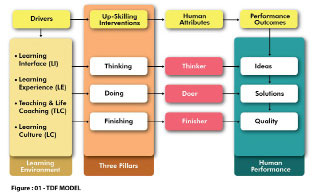
The concept of quality is conceptualized in minds and grown in hearts of people. Quality is primarily an attitude. The question is who has hearts and minds? Obviously, it is people, not business processes. Hence it is logical to conclude that quality happens through people. In many organizations, a separate unit called “Quality Department” has been established to control quality. However, many quality gurus are of the view that quality is a job of everyone in an organization and cannot be delegated to a separate unit.Some CEOs assign more resources to increase the size ofthe Quality Department when they confront with quality issues. The assumption is that quality can be improved by hiring more people to detect and control. It’s a real myth warped by so-called Quality Managers. Larger the size of Quality Department bigger the quality issues of the company are. If the size of the Quality Department is bigger, employees in the production/ service flow think that there is a set of dedicated people to control and checkquality, so it is not important to produce quality at the level of source. Therefore, all employees should be trained to PRODUCE quality: Not to CHECK or CONTROL quality.
Quality At the Source (QAS)
A company with no Quality Department is the best in quality. This seems to be impossible. But it is possible only if every employee gets involved in making quality products and services. If everyone is involved in quality, the number of inline & end checkers can drastically be reduced. As a result, Quality Department can be downsized or eliminated. The process of making use of all the employees for the productionof quality is called making quality at the source.In a productionline or a service deliver process, when the first person assures that no defects are passed undetected to the next level, then no quality issues can transpire at the end. In modern organizations, a common mantra is to produce, check and pass (PCP) to the next level of operation.In other words, no defects are passed through the process and first pass yield remains at a higher level. However, the real challenge lies in driving the workforce towards applying the core principles of quality at the source.
Six Sigma Quality (SSQ)
Six Sigma (6) System is a well thought, data driven methodology to improve performance of a process by eliminating defects. (Paul Keller,2006). Sigma () denotes the standard deviation for set of data collected from a process. The author has found that many industrialists have misunderstood the concepts of sigma and six sigma levels. Sigma measures the amount of variation (stability) of a process whereas sigma levels measures how well the process meets the customer requirements (process capability). Today no rooms can be allowed for making defects as customer’s demand 100 percent or near perfect quality (Six Sigma Quality). Moreover, competition is such that cost of poor quality (COPQ) has to be minimized to gain the cutting edge over rivals in the industry. This is the reason as to why most of the leading industries initiated practicing six-sigma system combined with Lean Management practices (Lean Six Sigma). Lean Six-Sigma System facilitates quality practitioners to economize quality department by eliminating “ hidden factory or office”. Hidden factory or office is an area where employees are engaged in detecting and correcting errors.Research findings reveal that the size of the hidden factory is nearly 20% of total overheads. In other words, nearly 15 percent of the employees are recruited to detect and correct errors produced by other employees who are supposed to produce quality products and services.This is a fact hidden under rugsand unknown to CEOs. TDF projects are primarily designed to innovate a new process by eliminating the hidden factory.
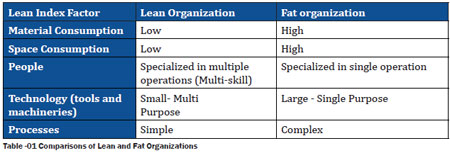
Degree of Leanness
Finishers Dashboard
CEO’s dashboard is called finishers dashboard, as it has to be sourced by finishers of the value chain. In fact, finishers’ dashboard provides a set of summarized key formulas to asses 360-degree level of performance of doing organizations (DOs). Given below are a set of formulas to be considered to asses DOs and their level of performance.The 8- Point Dashboard considers overall performance of DOs and support CEOs to evaluate “walk the talk status” of managers at a glance.
- Inventory Productivity (IP) to assess Material Consumption
- Skill Inventory Chart (SIC) to assess skills of people
- Rolled throughput Yield (RTY) to asses the first pass yield
- Defect per million opportunities (DPMO and Process capability Index (CPk) to assess quality levels
- Process Velocity (PV), Process Cycle Efficiency (PCE) and Value Analysis to assess degree of leanness
- Overall Equipment Effectiveness (OEE) to measure overall effectiveness of technology and the process.
- Design Capacity and Utilization (DCU) to asses space consumption
- Buyer or Customer SatisfactionIndex (CSI) to measure the level of buyer satisfaction
TDF model is an integrated and a promising approach in the modern-day business to design and drive Doing Organizations (DOs). DOs are the future designers of the world of work.
Email your feedback: [email protected]

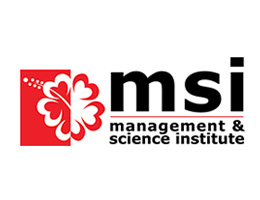

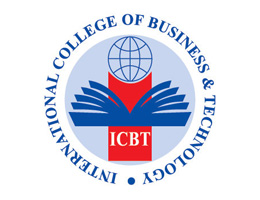




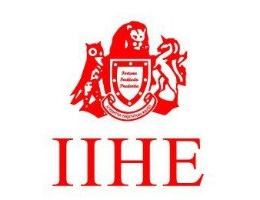
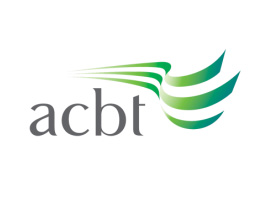
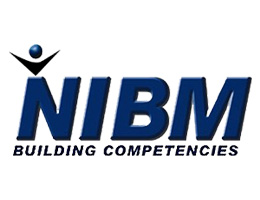

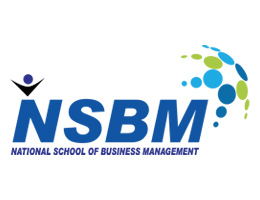

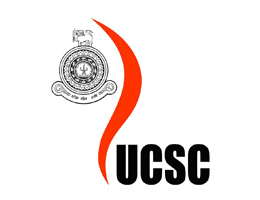






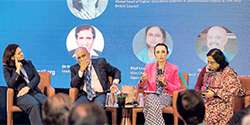



















.jpg)
.jpg)
.jpg)

.jpg)
.jpg)
